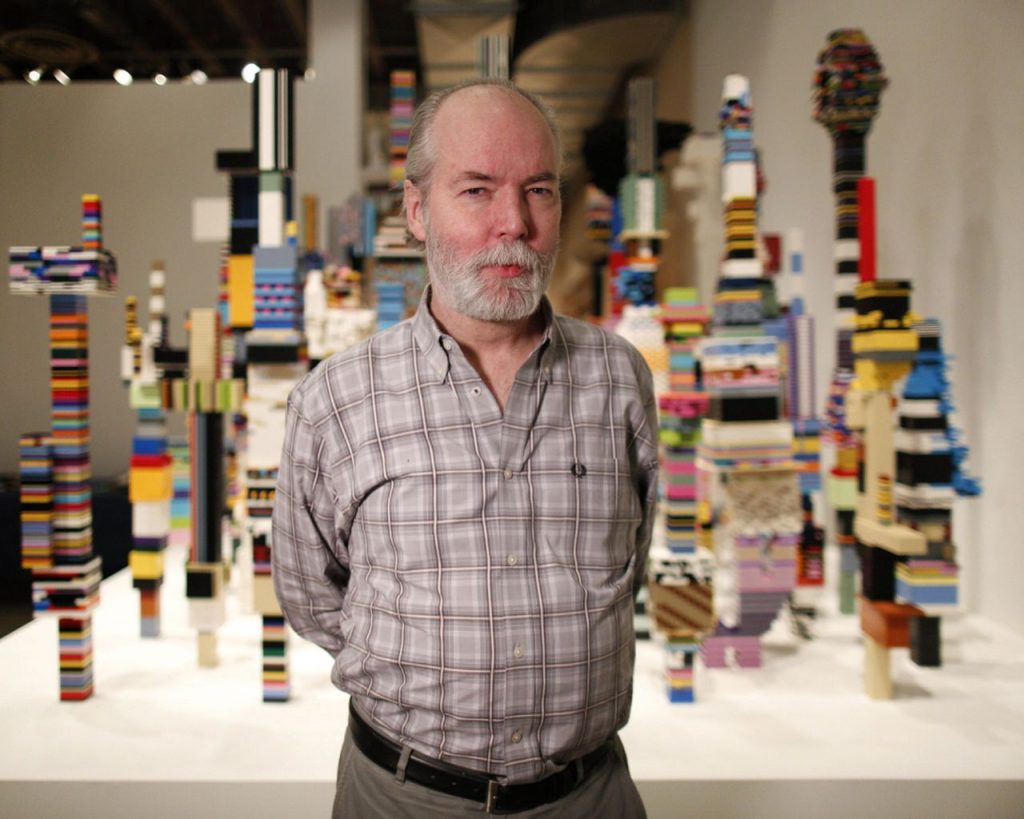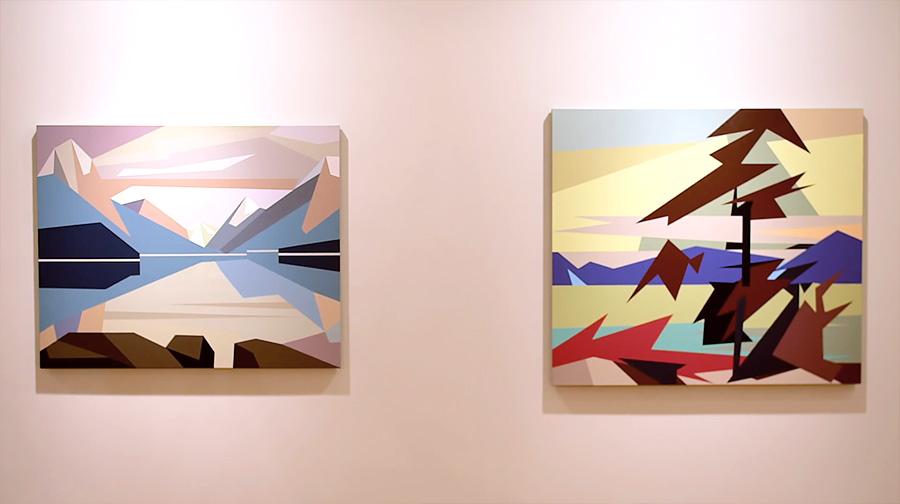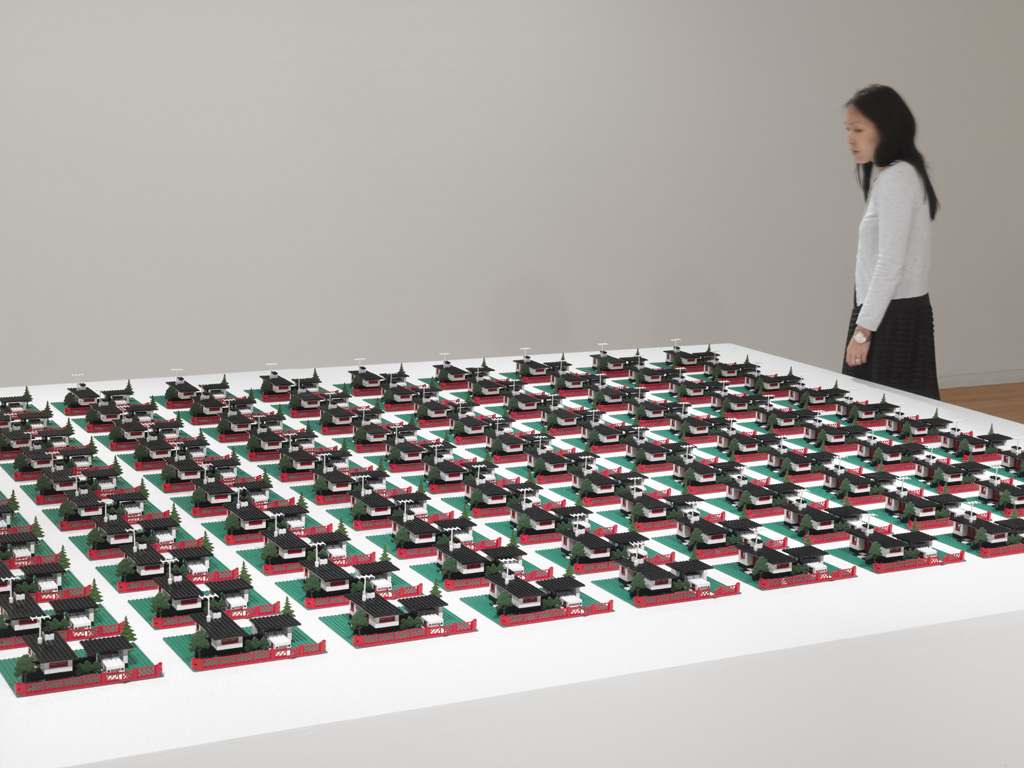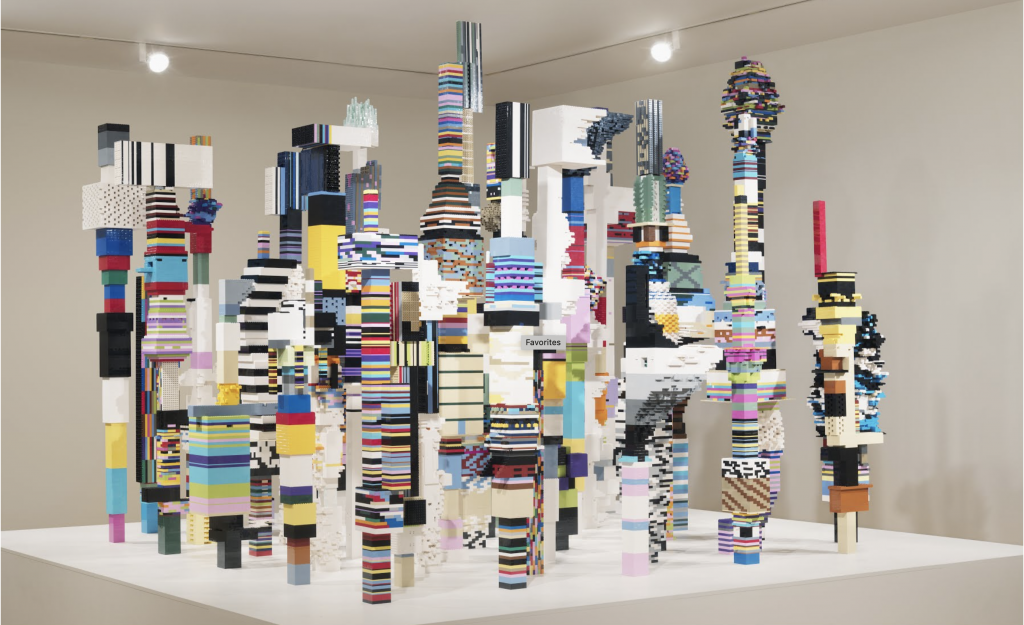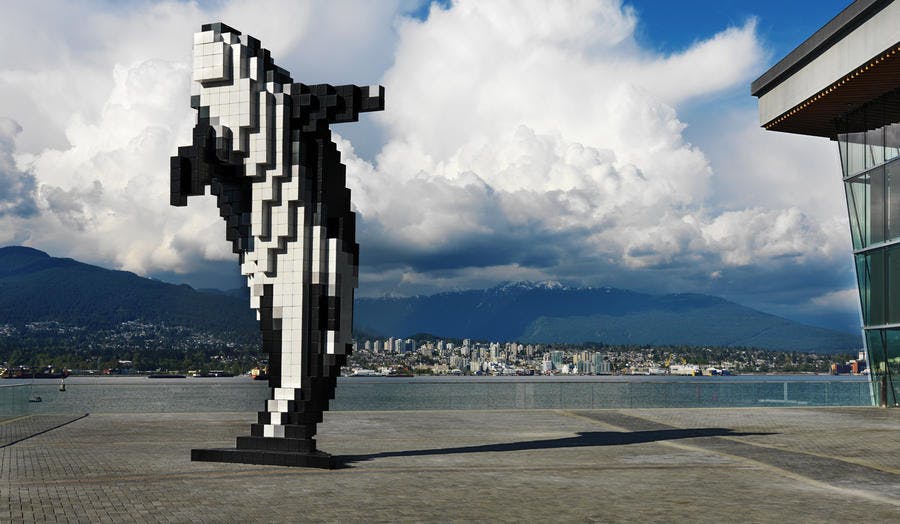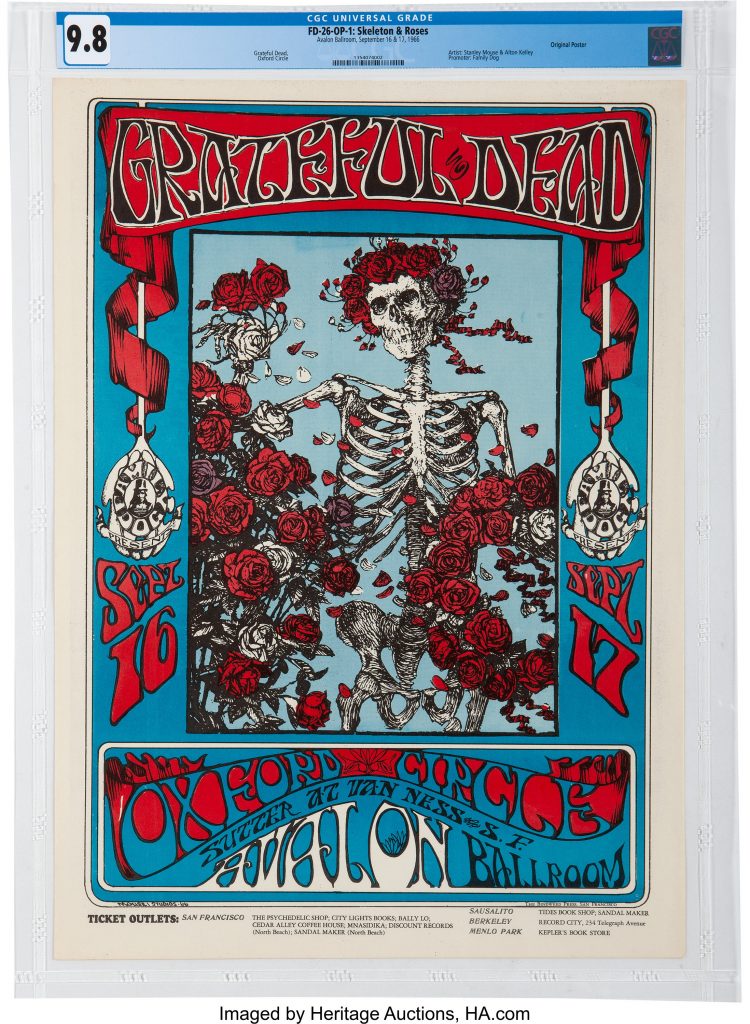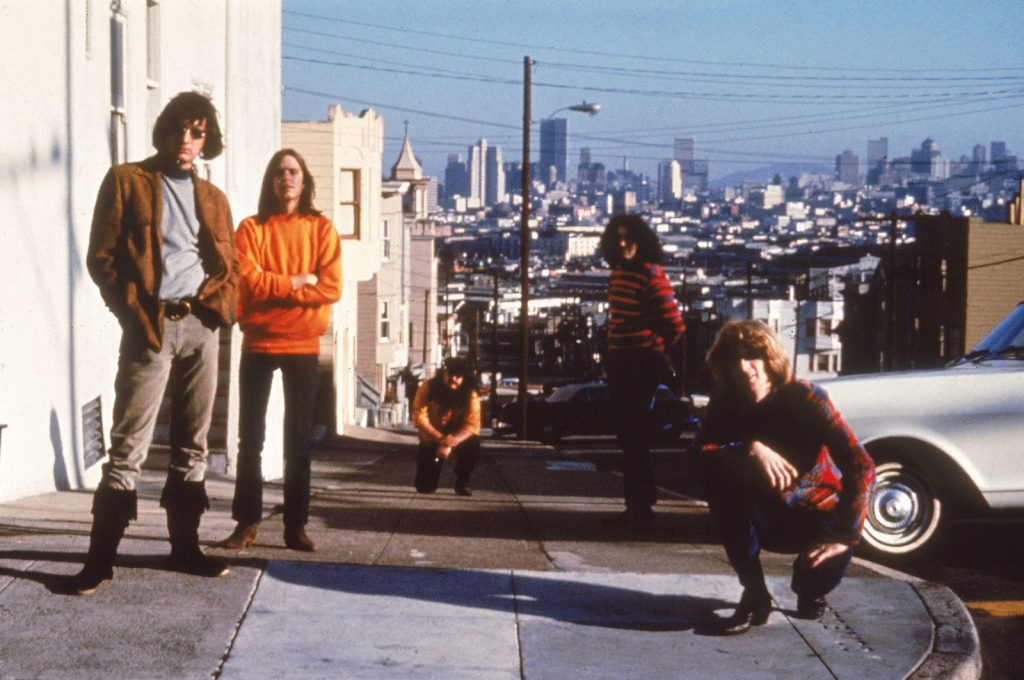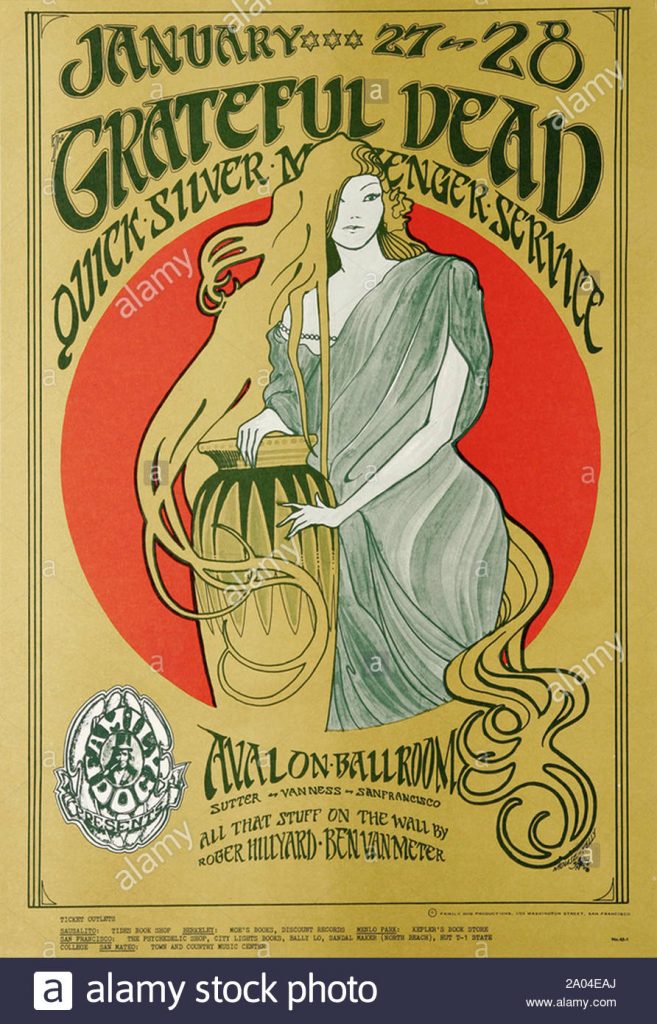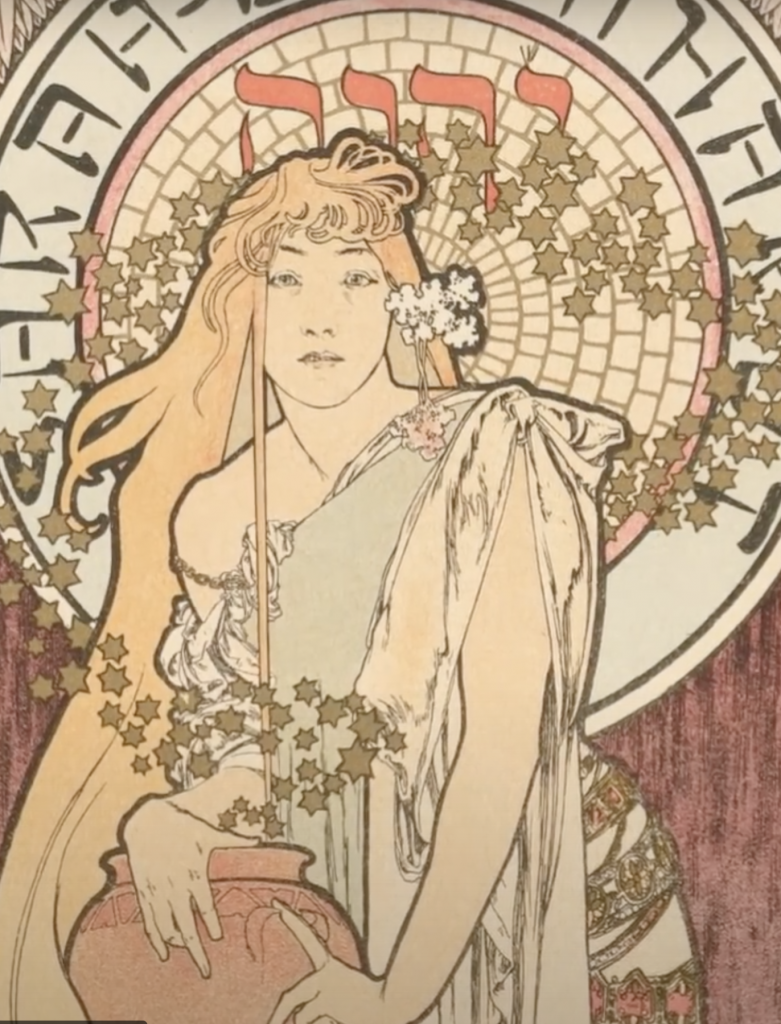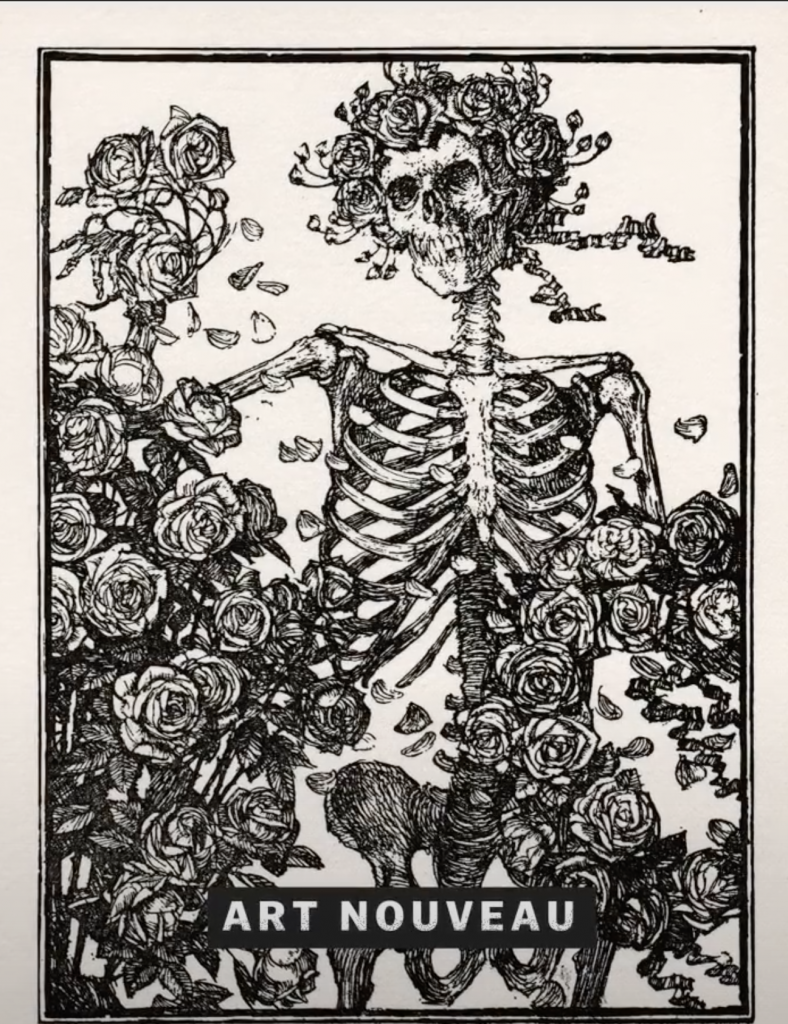Shigeo Fukuda
“I believe that in design, 30 percent dignity, 20 percent beauty and 50 percent absurdity are necessary,”
Heavily drawn by illusionism, graphic designer Shigeo Fukuda created extremely creative and compelling works using simple imagery.
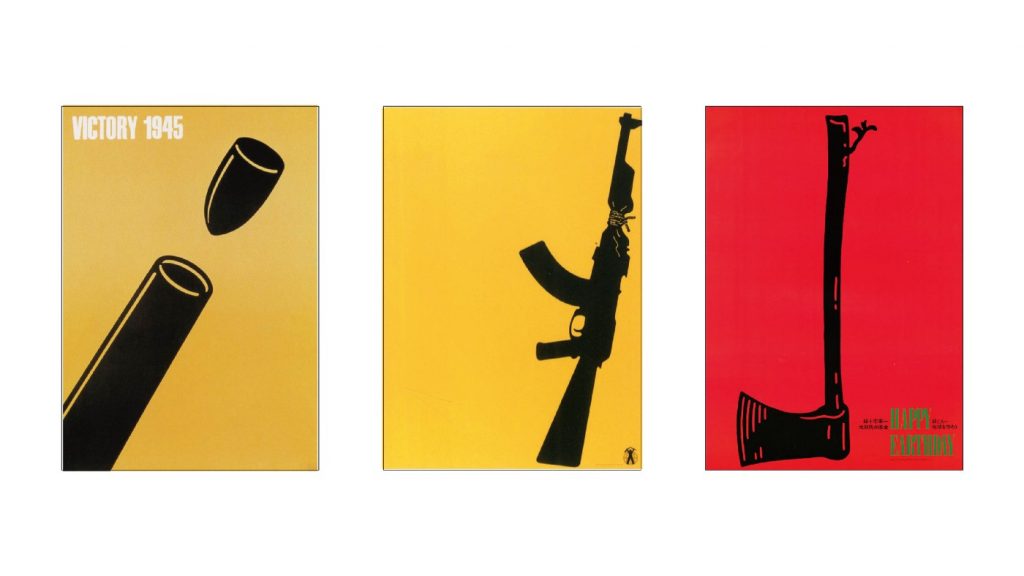

Shigeo Fukuda was known to be an antiwar advocate, and he is truly a master of creating unique visuals with deep meanings and impactful messages. I consider him to be someone I look up to when it comes to visual communication.
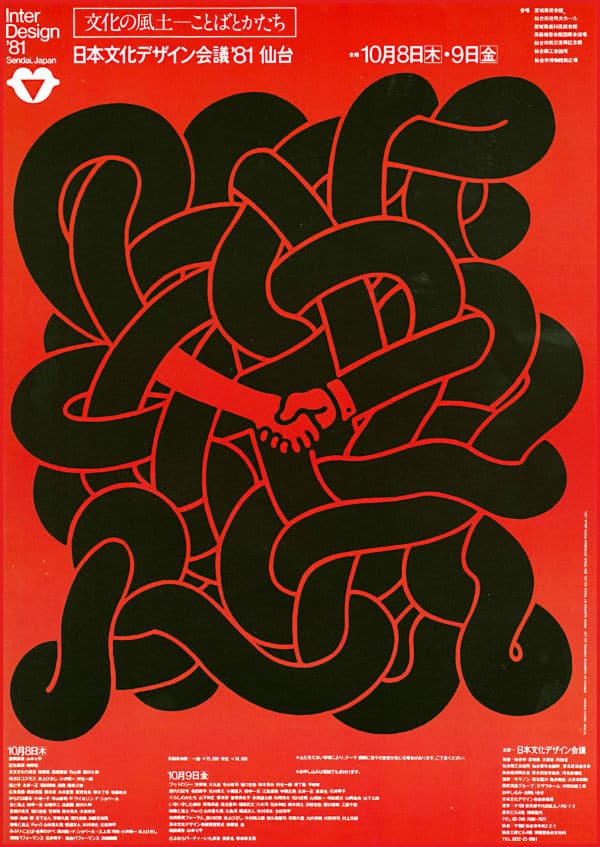
He believed in peace, and many of his most famous posters’ messages involved satirizing the senselessness of war. By cleverly utilizing simple shapes and negative space, he is able to construct imagery that draws you in with its layering of illusion. The symbols immediately catch the eye as the dots are connected to understand his intention.

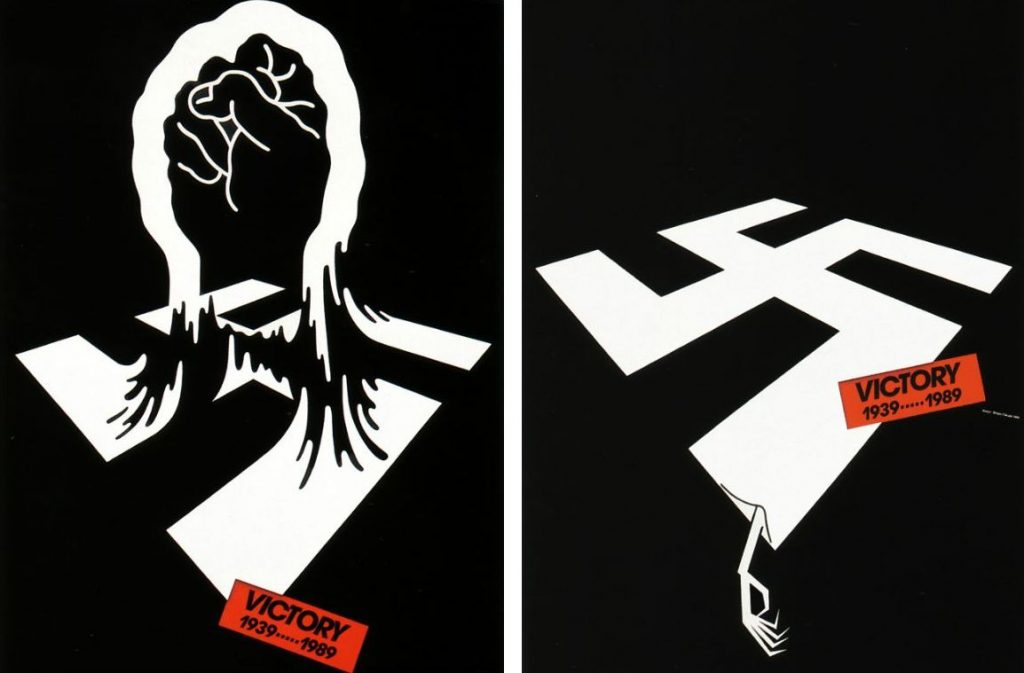
Shigeo Fukuda’s way of thinking when he approaches design is fascinating, the way he interprets different subjects and utilizes visual elements is something we can all learn from. I personally feel like he is one of those designers whose works speak for itself upon a first glance. These works all scream “we want peace” to me.
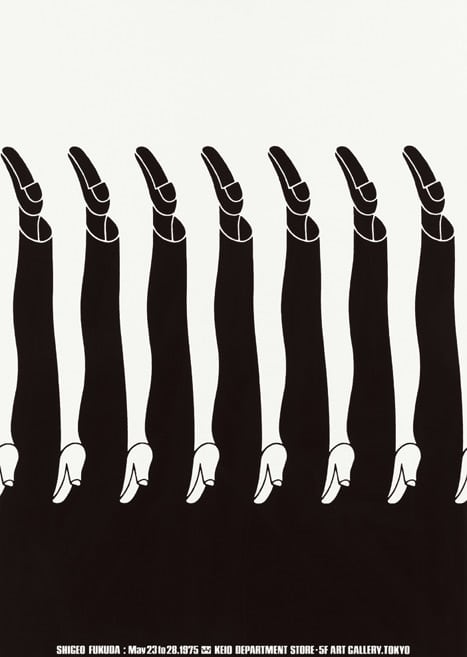

I love how these are confusing to look at in a good way. I think that’s one of the hardest things to achieve in design, The New York Times referred to them as “[distilling] complex concepts into compelling images of logo-simplicity.” This is a perfect description of how masterfully Shigeo Fukuda can interpret a concept.
